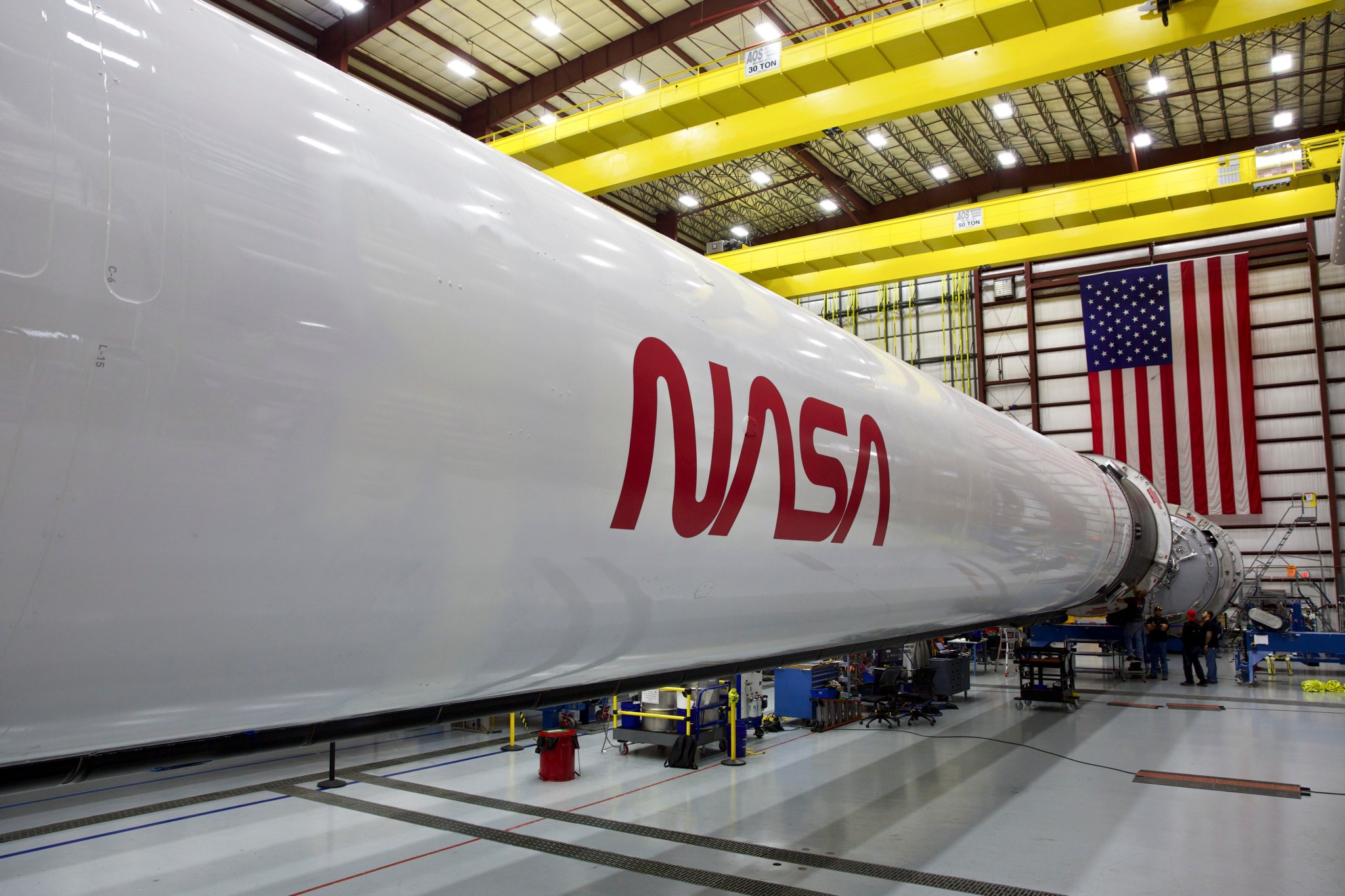A new era of human spaceflight is set to begin as American astronauts Robert Behnken and Douglas Hurley once again launch on an American rocket from American soil to the International Space Station as part of NASA’s Commercial Crew Program – the first time since the end of the Space Shuttle Program in 2011.
The Commercial Crew Program was formed to facilitate the development of a U.S. commercial crew space transportation capability with the goal of achieving safe, reliable and cost-effective access to and from the International Space Station and low-Earth orbit.
The mission, known as Demo-2, is currently targeted for May 27 at 4:32 p.m. EDT from Launch Complex 39A at NASA’s Kennedy Space Center. Behnken and Hurley will launch atop a Falcon 9 rocket, en route to an extended stay on the station.
“The Commercial Crew Program has challenged the traditional way of developing human spaceflight launch vehicles by shifting the way we think,” said Bobby Watkins, manager of the Human Exploration Development & Operations Office at NASA’s Marshall Space Flight Center. “This is a huge moment for NASA and its partners, and we are proud at Marshall to be a small part of this monumental mission.”
The Human Exploration Development & Operations Office at Marshall supports the Commercial Crew Program with engineers that have helped review critical design and development documentation. The team also helps provide oversight to safety standards for the spacecraft and verifies data. For the launch, members of the team will be present in the Huntsville Operations Support Center (HOSC) at Marshall and will work closely with teams at SpaceX in Hawthorne, California, Kennedy Space Center in Cape Canaveral, Florida and Johnson Space Center in Houston, Texas to monitor launch conditions.
The team has already conducted several simulations in the HOSC, and will continue to do so in preparation for launch. During the simulations, participants use headsets and voice loops to communicate with flight control teams at Kennedy and Johnson Space Center as well as SpaceX. Marshall team members help analyze data for the simulations in real time,
“Using the HOSC for the simulations protected our employees by not having to travel during the COVID-19 pandemic,” said Steve Gaddis, launch vehicle deputy manager for the Commercial Crew Program. “This recent sim makes the excitement all the more tangible — especially for the team here at Marshall.”
For almost 20 years, humans have continuously lived and worked aboard the International Space Station, advancing scientific knowledge and demonstrating new technologies that enable us to prepare for human exploration to the Moon and Mars. The station’s design requires humans living aboard to maintain it, operate it, and upgrade it; thus, International Space Station operations, including commercial resupply and commercial crew, are essential to the mission. Marshall also supports the station by operating the Payload Operations Integration Center, which operates, plans and coordinates the science experiments onboard 365 days a year, 24 hours a day.
For more information on the Commercial Crew Program, visit here.
For more information on the International Space Station, visit here.




























